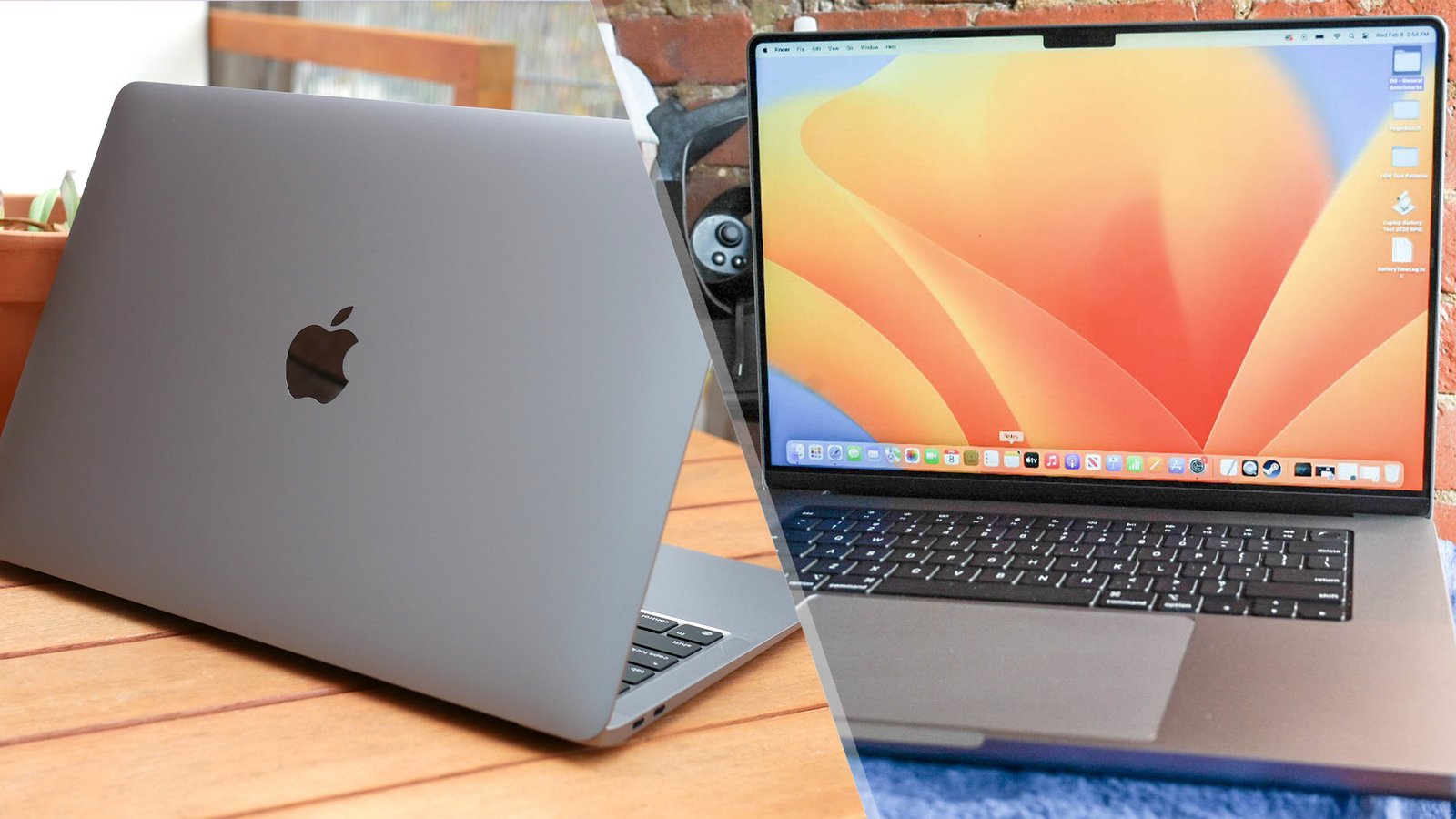The M3 MacBook Air has sparked discussions due to its peak CPU temperatures and performance in comparison to its MacBook Pro counterpart. Despite sharing the same chip, the MacBook Air’s performance and thermal management have raised concerns among users and tech enthusiasts.
Key Highlights:
- The M3 chip brings advanced technology and performance improvements over its predecessors, including hardware-accelerated ray tracing and a more efficient CPU.
- Despite these advancements, the MacBook Air’s design without a fan may lead to higher operating temperatures.
- The MacBook Pro with the same M3 chip, thanks to its cooling system, is expected to maintain better thermal performance and, therefore, sustain higher performance levels.

M3 Chip Features:
The M3 chip is a significant leap from its predecessors, offering hardware-accelerated ray tracing for realistic lighting and reflections in graphics-intensive applications. Its CPU cores are up to 30% faster, and its efficiency cores up to 50% faster than those in the M1 chip. These improvements enable faster performance in applications like Xcode and Logic Pro, enhancing productivity and creativity for professionals and enthusiasts alike. The M3 chip also boasts a unified memory architecture for efficient data access and custom engines for AI and video processing, supporting up to 128GB of memory for complex workflows.
Performance and Thermal Management:
One of the critical factors affecting performance is thermal management. The MacBook Air, known for its slim, fanless design, may reach high temperatures under heavy loads. This design choice can lead to thermal throttling, where the CPU reduces its speed to manage heat, potentially affecting performance. In contrast, the MacBook Pro, equipped with a cooling system, can better manage its temperatures, allowing it to sustain higher performance levels for longer periods. This difference is crucial for users with intensive workflows that push the limits of the M3 chip’s capabilities.
The M3 MacBook Air represents a significant technological advancement, with the M3 chip offering substantial improvements in processing power and efficiency. However, its fanless design and resulting thermal management issues can limit performance under heavy loads. The MacBook Pro, with its active cooling system, is better suited for sustained high-performance tasks, making it the preferred choice for professionals and power users who need the utmost performance without thermal constraints. This comparison highlights the importance of considering both performance and thermal management when choosing between the MacBook Air and MacBook Pro models with the M3 chip.


















